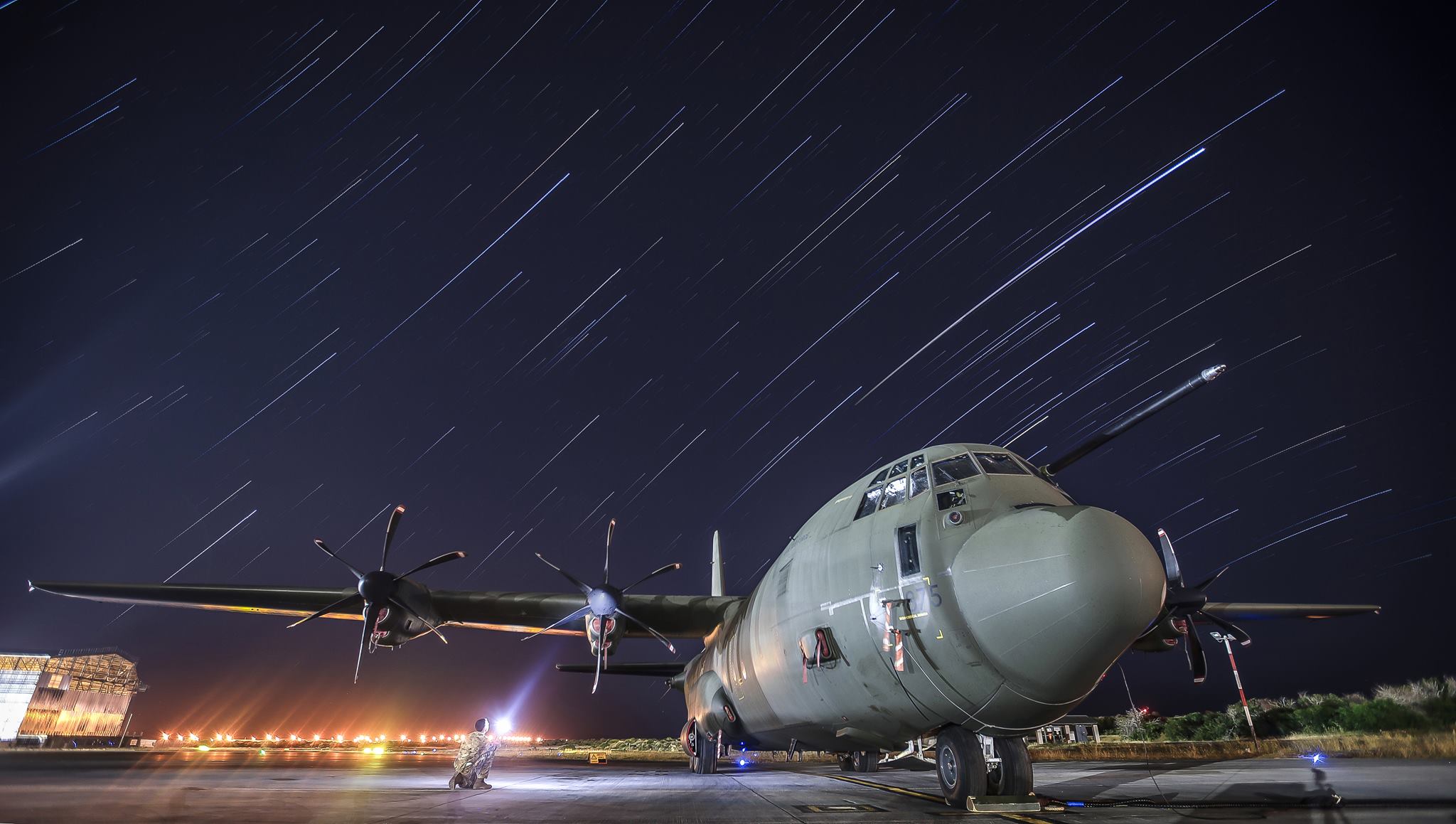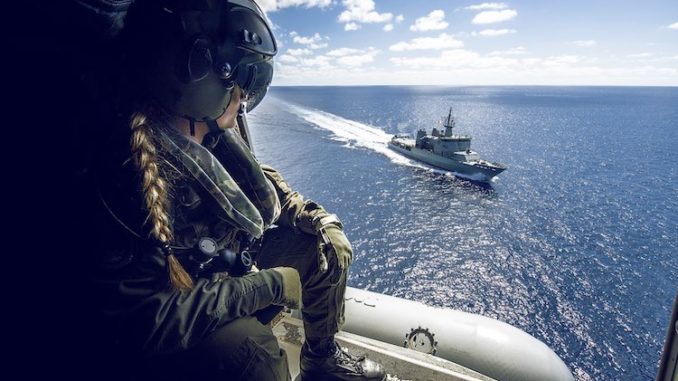The just-released Defence Capability Plan is the most comprehensive argument for investment in Defence in modern times, writes Editor-at-large Dr Peter Greener, Senior Fellow at the Centre for Strategic Studies (VUW).
When the last Defence White Paper was released in June 2016 there was criticism that it lacked detail on future capability purchases with Phil Goff saying, “The White Paper is essentially a series of general statements which add little to what we already know about the Defence Force. In failing to disclose any real decisions about capital asset purchase or strengthening personnel, it adds little of value.”
With the release of the subsequent Defence Capability Plan in November 2016 there was some improvement yet in the event there remained a lack of detail. These same observations cannot be made about Defence Capability Plan 2019.
As noted in the Executive Summary of the Plan, “Taken alongside recent commitments, the Defence Capability Plan 2019 provides for the replacement and regeneration of all major defence capabilities.” This Capability Plan provides perhaps the most comprehensive and clearly articulated argument for investment in the Defence portfolio in modern times.
- Capable for what? New Zealand’s 2019 defence capability plan
- From concept to launching - HMNZS Aotearoa
- Implications for maritime trade – a NZ perspective
- Navy decommissions two Inshore Patrol Vessels
Many important capability development intentions are highlighted in the Plan and many will be touched upon elsewhere in this issue of Line of Defence. This brief article will focus on three complementary capabilities, which will provide the NZDF with a significantly enhanced ability to respond to crises in our immediate region.
Already across the political spectrum though there has been criticism of some of the decisions announced. The Honourable Mark Mitchell was concerned about the decision to bypass the tender process and go straight to sole-source procurement for the replacement of the C-130H (NZ) Hercules, whilst the Greens Defence and Foreign Policy spokesperson, Golriz Ghahraman, has been critical of the amount to be spent on new aircraft.
Yet the C130-J 30 Super Hercules replacement choice warrants some further examination. Were there really other competitive contenders?
 RNZAF C-130H to be replaced by the C-130J-30 Super Hercules.
RNZAF C-130H to be replaced by the C-130J-30 Super Hercules.
One contender was the new Embraer KC-390, which was designed to be operated from unpaved runways, yet none have yet been delivered and the aircraft remains untested in service. The Kawasaki C2 currently under delivery to the Japanese Self Defence Force was another outside possibility, but still to have an international customer.
The Airbus A400M at one point was seen as a prospect; however last year, the German air force explained that it had bought C-130Js to “be used where the A400M is too large. This could, for example, be… evacuation missions where small and unpaved airfields make the use of the A400M impossible.” Many Pacific Island nations have smaller, austere airfields which are currently able to be accessed by a Hercules.
The new C-130Js will see enhanced performance, and payloads increased by 30 percent, yet with superior runway performance.
Central to the Defence Capability Plan 2019 is the sharpened focus of the impact of climate change in the Pacific region. Whilst climate change was one of several ‘complex disruptors’ identified in the Strategic Defence Policy Statement 2018, it’s importance was amplified with the release of The Climate Crisis: Defence Readiness and Responsibilities report in December 2018.
In responding to the climate crisis, the 2019 Plan notes that, “Greater capacity will also be required as events become more frequent, which will result in concurrent operational requirements becoming more likely.”
In responding to natural disasters, the New Zealand Defence Force relies often on the Hercules for a first response. However, the movement of large amounts of supplies and equipment has been reliant on the availability of the sealift vessel HMNZS Canterbury, and as the Minister has highlighted this ship cannot be in two places at once.
Whilst other Royal New Zealand Navy ships provide a supplementary contingent capability, the plan to ultimately have two ships with an enhanced sealift capability is one to be welcomed.

HMNZS Canterbury Conducting landing operations in calm sea state. She should have got the Well dock to be able to preform this operation in a higher sea state.
When initially commissioned, it was anticipated that HMNZS Canterbury would be capable of transferring cargo and personnel ashore in benign conditions (up to sea state 3) when port facilities were not available. The ship has over the past decade provided a significant capability to the RNZN, yet its initial design as a Ro-Ro ferry with a stern ramp has meant it has some significant limitations.
It is planned that an additional sealift ship, to be introduced in a decade’s time, will seek to overcome these by being based on a vessel with a docking well, a Landing Platform Dock or LPD, “allowing the ship to operate in a greater range of sea states.” Of note is the intention that the new ship will have significantly greater capacity for vehicles, aircraft and personnel allowing for long duration operations.
More importantly though is the signal for a second ship with similar capabilities to be delivered when Canterbury is replaced in the mid-2030s, helping ensure that the NZDF does have the ability to undertake concurrent operations.
With the expectation of a higher tempo of operations in the future, the third enhanced capability is the proposed expansion of Army to a total of 6,000 service personnel. Almost a decade ago, Defence White Paper 2010 indicated that Army strength should be sufficient for deployment of a Battalion Group of up to 800 personnel sustained for three years. By the time the Defence Mid-Point Rebalancing Review was undertaken in 2013 – 2014, it was clear that sustainment of such a force would be dependent on recruiting new, young soldiers beyond the initial deployments.
 NZLAV during exercise Tailsman sabre
NZLAV during exercise Tailsman sabre
A commitment in the 2019 Capability Plan to increase Army strength to 6,000 by 2035 will help ensure that Army can respond to the diversity of roles expected of it in the future.
Taken together, these three proposed new and enhanced capabilities will provide Defence with the means to respond to incidents that arise concurrently both within New Zealand and further afield.





